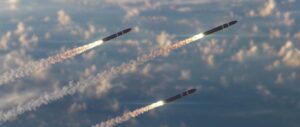
Lockheed Martin [LMT] on Monday said it recently completed the preliminary design review (PDR) for its version of the Next Generation Interceptor (NGI) and outlined next steps in its competition. The company said this was specifically a PDR for the NGI digital All Up Round (AUR) that was finished on Sept. 29 with the Missile Defense Agency (MDA). Lockheed Martin said completing the PDR milestone means the company’s team has “progressed solidly in its design work.” It said the PDR…

 By
By 











